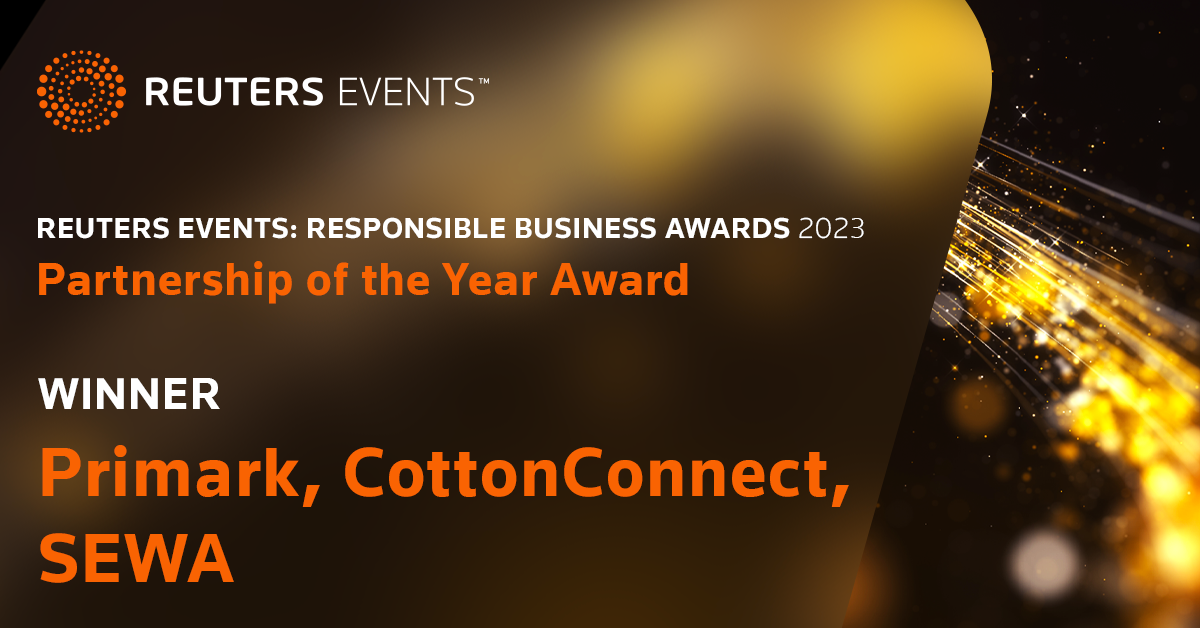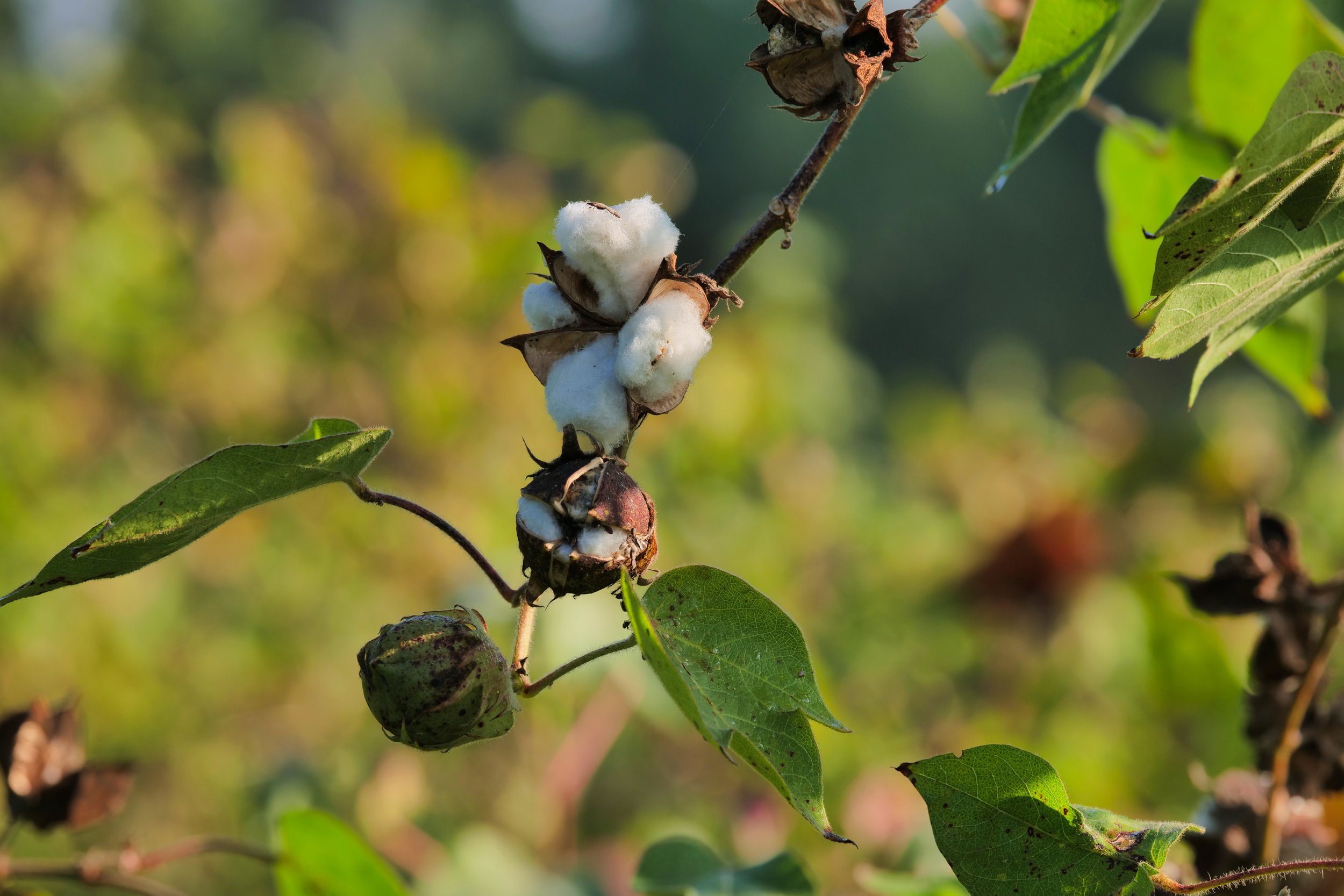Sustainability pays. And it’s important to prove it
Issues such as the climate crisis or protecting workers’ rights are more understood than ever. Consumers increasingly demand their brands to have sourced materials ethically and ensure that suppliers along the chain are doing all they can to protect the environment.
This has created a huge opportunity for fashion brands to deliver on social and environmental sustainability while gaining the competitive edge in what is an often ferocious market. But how can brands use product sustainability in their marketing? How can they ensure transparency and resilience for actors across the supply chain, especially with respect to smallholder farmers, so that they can manage and quickly recover from disruptions such as Covid-19 pandemic? And how can they prove to consumers that what they are doing is working?
It was these questions, and others, posed to the panel at Innovation Forum’s recent Sustainable Apparel and Textiles event, held online over two days. CottonConnect’s Global Commercial Director, Amol Mishra was joined in conversation with Sofie Schop, Sustainability Director at G-Star RAW, and LaRhea Pepper, Managing Director of Textile Exchange. He used the session to outline the benefits and impacts of helping brands to get more visibility of their supply chains.
“We work backwards with brands – to review and assess their sustainability agenda, and help to establish goals, specifically when it comes to their policy on cotton,” he said. “This helps strategise for short, medium and long-term sustainability investments and actions. It’s also important to establish clear links between brand goals and the benefits or impacts being created, using frameworks such as Theory of Change or Logframe, and backed by supply chain mapping.”
TraceBale is CottonConnect’s bespoke, bottom-up proprietary traceability software tool. It can be fed with data from farmers, ginners and spinners – such as how much water or fertiliser has been used. This gives visibility on the difficult-to-track last mile to the farmer transactions, helping to verify farm production against ginner procurement.
Once the data has been captured, it can be accessed with a web interface. This gives brands a clear and consistent, near-real-time overview of all stages of their supply chain – from the farmer’s field to the finished garment – capturing every transaction flow along the way.
Brands can use TraceBale data to communicate with consumers. Some retailers are even using QR codes on products so that consumers can map their cotton garments back to source.
There is also an improved connection between the supply chain partners, leading to a greater understanding of any risks and fostering more equality between the different players.
Ultimately, brands get assurance that their cotton is sustainable. By monitoring things at a community level through our REEL Cotton, Better Cotton Initiative (BCI) or organic certification programmes, brands can intervene where there might be any risks.
All of CottonConnect’s programmes measure the impact being created. Looking at data from our REEL programme, farmers increase their yields by 9.4%, boost profits by 7.3%, cut their water usage by 12.5% and reduce their chemical pesticide use by 17.1%.
We even work with natural capital valuation experts to devise natural and social capital accounting, giving brands an SROI (Social Return on Investment).
All of this helps brands deliver their triple bottom line commitments.
Sustainability presents brands with an excellent opportunity to differentiate themselves in a crowded marketplace. But without the tools, expertise and connection to those responsible for growing raw materials and making products further back along the chain, proving sustainability credentials is a tough business.































